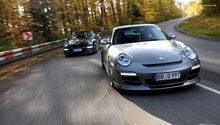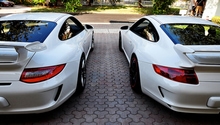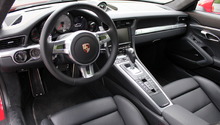Porsche 997: Specification by Trim
Porsche has produced a few different iconic cars. Here's an overview of specifications for the Porsche 997.
This article applies to the Porsche 997 (2005-2012).
The Porsche 997, produced from 2004 to 2012, consists of numerous variations. There are several 997 body styles, including the two door coupe, convertible, Targa, and speedster. Some of the most notable features across all 997 models include a rear engine and either rear-wheel drive or all-wheel drive. Enthusiasts also have several different engines and transmissions to choose from.
Model Breakdown
Carrera/Cabrio/Targa and Carrera/Cabrio/Targa S
The 997 Carreras shared many similarities between the previous 996 Carreras they replaced. For example, both base models feature a 3,596 cc flat-6 boxer engine. However, the Carrera S was outfitted with a new 3,824 cc flat-6 engine. According to Porsche, the base Carrera model can accelerate from 0 to 60 miles per hour in 4.8 seconds while the Carrera S completes the same task in 4.7 seconds. Some of the new Carrera S features include sports exhaust, 19-inch wheels, and bi-xenon headlights. The engine was upgraded from a 3.6L to a 3.8L. A four-wheel drive Carrera 4 model was also available.
Also included in the lineup was the cabriolet version, which Porsche used for designing and engineering the coupe. In 2005, a total of 50 limited edition 2006 Carrera S coupes were produced, with an MSRP just short of $100,000.
The entire lineup enjoyed more power and better performance with the introduction of the new dual clutch Porsche Doppelkupplung (PDK) transmission in 2009.

Turbo and Turbo S
The 997 turbo model debuted in early 2006 with a 470 horsepower engine and features such as a front bumper with LED turn signals and a retractable rear wing. A turbocharged 997 turbo cabriolet went on sale the following year. An optional Sport Chrono provided a 10 second overboost that delivered an increased peak torque.
The base turbo, Turbo Gen 2, and cabriolet share similar performances and features, with a 470 horsepower engine and average 0 to 60 speeds of 3.7 seconds with a manual transmission and 3.4 seconds with a PDK dual clutch transmission.

GT3 and GT3 RS
The racing-oriented GT3 entered the lineup in 2006. This car is lightweight with various aerodynamic components for enhanced performance. The engine, with the newly introduced variable intake system, has a 409 horsepower rating. The specialized GT3 RS model comes without the extras that the regular GT3 offers, such as comfort seats and driver-friendly features. Instead, the lighter-weight and more powerful RS caters to track driving with a complete roll cage and carbon fiber seats.
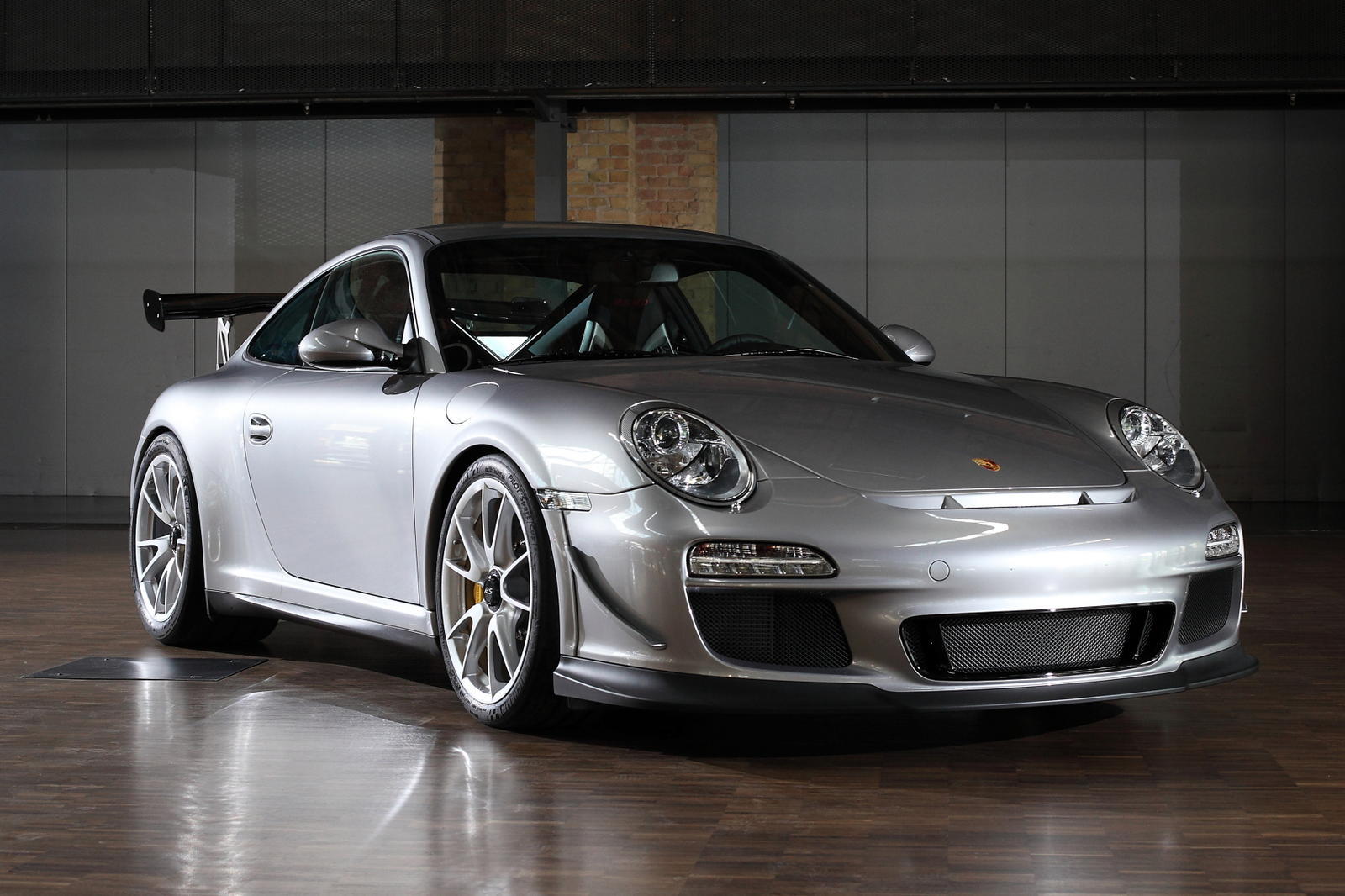
GT2
The 997 GT2 was outfitted with a turbocharged 3.6L engine and is very similar in appearance to the closely-related 997 turbo. Porsche introduced the GT2 in late 2007. The GT2 is the automaker's fastest car ever to be offered for public sale. Both the GT2 and the 997 Turbo share a turbocharged 3.6L six-cylinder engine, but the GT2 enjoys extra speed through an innovative new expansion intake manifold. The car, which is only available with a six-speed manual transmission, is capable of a very quick 3.6 second acceleration from 0 to 60 miles per hour. Unlike the standard all-wheel drive turbo models, the GT2 is available only in rear-wheel drive.
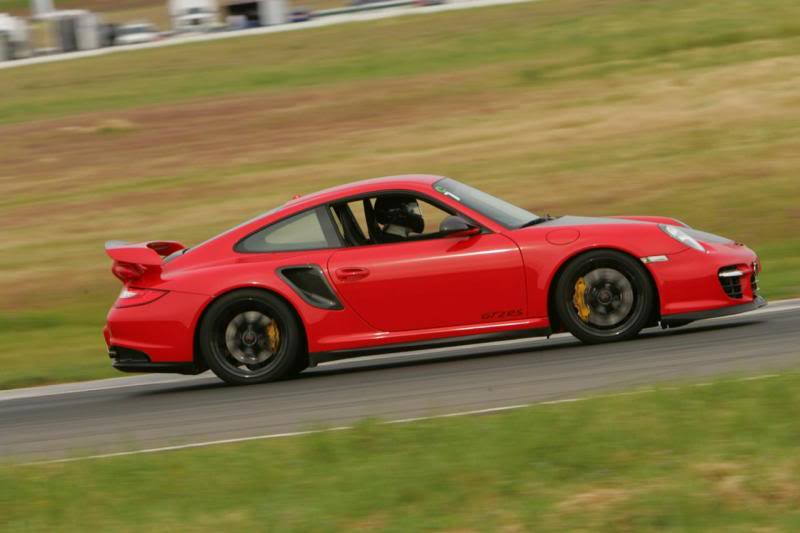
997.1 vs. 997.2
Many prospective buyers (and even owners) want to know the similarities and differences between the 997.1 and the 997.2. The 997.1 was sold between 2005 and 2008 while the 997.2 was sold from 2009 to 2012. The 997.2 features the brand's PDK automatic transmission for smoother, faster shifting along with updated bumpers and more driver-friendly interiors. The 997.1 features an electronically controlled all-wheel drive system and 3.6L Mezger engine. Starting in 2010, the 997.2 had a 3.8 direct fuel injection engine with an optional PDK transmission.
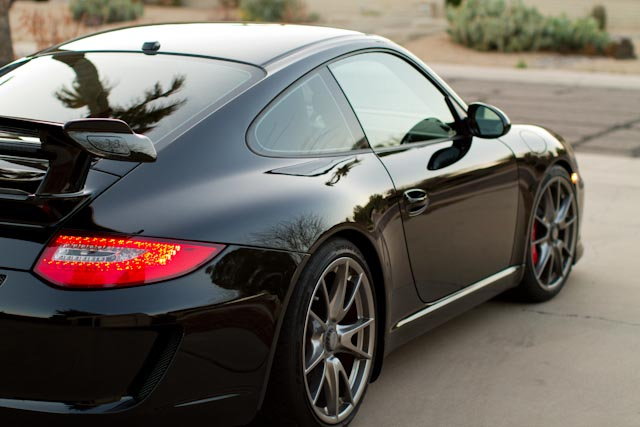
Related Discussions and Site
- 997 Turbo Model Differences - Rennlist.com
- 997.1 vs. 997.2 - Rennlist.com
- 997 Maintenance - Rennlist.com
- Porsche 997 - Wikipedia.com

